Career / Lauren Goodman
9 years ago by
Erik Melvin
When I was growing up, my dream was to work in magazines. In school, I told people that Anna Wintour was my idol (sorry mom!) and there are still years worth of magazines in my parent’s attic. It was the work of people like Lauren Goodman, who is currently the Contributing Style Director at WIRED magazine, that made me dream.
“WIRED?” you might be asking yourself. Yes, well Lauren has been working in the fashion industry as a stylist, writer, and fashion editor for years. She’s worked with the biggest names in the business (you’ll see what I’m talking about below) and has been able to do it all. Now she’s merging the two industries that we all seem to be talking about: fashion & tech, with a newly created position at WIRED. I asked Lauren, who’s currently based in San Francisco, everything I could while she was in town for New York Fashion Week.
Where did you grow up?
I grew up in New Canaan, Connecticut, aka The Ice Storm. It’s the place about which the book, The Ice Storm, by Rick Moody, was written (he grew up there). Ang Lee made the book into a movie by the same name, and filmed it there.
What did your parents do?
My mom was a stay at home mom, and then she started catering. She’s sort of Martha Stewart-esque. I think Martha asked her at one point if she wanted to go into business before Martha was famous.
My dad was a really early computer engineer. He brought the first computer to South Africa in 1969. He had a computer consulting business when I was growing up. When I was older, in high school maybe, he actually became my mom’s partner on her business, because it was really growing and he was really good at the numbers and she could be more creative and be the people-person.
When you were growing up, what was your dream job?
I always really loved magazines. I used to sit there and stare at them. I couldn’t tell what I loved more— the advertising or the edit pages. I would try to fall into these worlds that the creators — I didn’t know who they were or anything about them — made. I really tried to fall into the images. I totally followed the trap: they were trying to create this aspirational place and I wanted to crawl in and move into that place, whatever it took.
Which magazines?
For sure, I think Vogue. Definitely Bazaar, probably Glamour, Mademoiselle. Then when I got a little bit older, probably in high school and college, I really loved The Face, Arena, i-D — I loved what was coming out of London in the 1990s.
Later when I was a fashion editor, I was really obsessed with Carine’s French Vogue and also with Teen Vogue when they first launched–when Lina Kutsovskaya, who is a fashion hero of mine (and who has become a friend), was at the magazine as Creative Director. As a baby fashion editor, I really loved Self Service, W when Joe Zee, Dennis Friedman, and Alex White were making their magic, Harper’s Bazaar under Liz Tiberlis, Italian Vogue was a cult obsession, and I loved V.
Where did you go to school? What did you study?
I went to NYU, which means I moved to New York when I was 17. I studied French and linguistics and psychology.
I was like, ‘If I’m going to keep doing this vapid fashion thing, I need to do it in its fullest iteration. Which, I think, is in magazines.’
Did you always want to move to New York?
I think so. I was a serious Francophile growing up—that was also really instinctive to me. I always joke, but it might be true, that when I first heard the word croissant, I needed in. I was really obsessed and I used to have our au pairs teach me French in like 3rd grade. A friend of my mom’s became like an adopted grandmother to me; she was a Francophone and taught me a lot about the culture. When I was 15, my best friend moved to New Canaan from Palo Alto and she was French. I went to France with her family when I was 16, and they kind of adopted me too. I also always really liked the idea of spending time in Paris.
I don’t know if I loved New York as a child — our outings largely consisted of visits to the museums and Little Italy. But anytime I met another child from New York I thought they were the coolest and I wanted to be like them.
Did you end up spending time in Paris?
By sophomore year I was already jaded from New York (ha!)–I had been here for a year and a half. So I moved to Paris, to study abroad. At first I was really surprised that Paris wasn’t as cool as New York. I was in college in the 1990s. Street style was really badass in New York in the 1990s downtown. That’s when there were club kids; we’d go to Club USA when it was still open and Webster Hall when it first opened and The Tunnel. People were insane.
At that point to see any of that style reflected in the media, it took like a year, and it was usually in advertising. When I got to Paris, I was surprised how conservative it was, but I ended up meeting really great friends and totally falling in love with it.
Did you do any internships in college?
I worked at a wine store in Union Square called Union Square Wine and Spirits, which was really fun. All of the sales guys, who were wine experts, adopted us and took us to these big dinners and taught us about wines in all of their complexity. One of them was Italian, Stefano, he was actually the philosopher Umberto Eco’s son. Stefan hooked me up with an internship with Trussardi. So, I worked with Trussardi, and then the same people I worked with at Trussardi went to Etro, so I also interned there. It was when both those companies were breaking into the U.S. market.
Heidi was in like a Miu Miu cape, cap and lederhosen, Pam was shooting, and I was walking around carrying a lint roller.
When you graduated from school what was your first job out of college?
I took a really bad fashion job I got through a temp agency that I had for six months. I just knew it was never right for me, but I took it for six months because everyone told me I had to have a job for that long to put it on my resume. It was so silly because I would never use it on my resume.
A friend of mine’s mom was the Photo Director at the Washington Post’s magazine, she offered to set me up with a stylist she regularly collaborated with. That stylist and I finally connected, her name is Kendall Farr, and I became Kendall’s assistant. I would assist her on Revlon jobs, a whole variety of things.
But, I was really nerdy–I loved school, I loved books, I studied post-modern theory. I loved Baudelaire, Barthes, Baudrillard and Foucault. I wrote my thesis on le flaneur. So, I was like, “If I’m going to keep doing this vapid fashion thing, I need to do it in its fullest iteration. Which, I think, is in magazines.”
Kendall introduced me to Amanda Ross, who at the time had just come back to New York and was working at Marie Claire. Carlyne Cerf who was the Fashion Director at the time. So, I started interning in their closet on the days that Kendall and I didn’t have a gig. It was really thankless work. We got all of the samples, in piles of garment bags — but at least I figured out where all of the showrooms were.
One time, Mary Alice Stephenson, the magazine’s Senior Fashion Editor, came into the closet and announced to Amanda that her assistant was sick, and that she needed to take an intern to this Drew Barrymore cover shoot in L.A. She looked right at me—I don’t think we’d even talked before. Later, she asked if I would like to go and and I said yes. So, I went and it was great. M.A. (as we call her) was also shooting a fashion story in L.A. on the same trip. It was when there were all of these multiple birth stories going on in the news, so she did a multiple birth fashion story. Grace Coddington was her idol, and she would do these narrative stories with lots of people. So we had like six babies on set, and I was the only assistant, and I had to call in strollers and baby gear. Working for Mary Alice was different from working for other people. It was always really high production and I could really handle it. So when we got back, she said, “If my assistant doesn’t want come back, would you want to be my assistant?” I was like, yeah! But her assistant did want to come back. I left the internship eventually, as I was so broke working for free, so I couldn’t keep doing it. But, I did stay in touch with Mary Alice. Six months later, I heard her assistant was leaving and I called her. We started working together and we worked together for two and a half years. We traveled around the world.
Do you have a memorable trip?
The first trip we did was to Mongolia where we shot Heidi Klum with Pamela Hanson, when Heidi was still married to Ric Pipino. She had just been on the cover of Sports Illustrated.
In Mongolia, they have these ancient games, basically their version of the Olympics (but they pre-date the Olympics!) called the Naadam Festival. The competitions are in archery, racing on horseback (Mongolians are incredible cowboys), and wrestling. We shot Heidi with these games in the background. It was wild. We had to get visas and stuff to go to Outer Mongolia—all of which I had to do—to produce this shoot in Mongolia when I was like 22 years old. So, in the process of getting these visas, we were contacted by the Mongolian ambassador and he invited us to come and see him at the embassy in New York before we left, which we did. I think our photo shoot was a pretty big deal. In the last shots I remember doing for that story, we were in an arena in Ulaanbaatar, shooting in the middle of a national procession–paraders marching by with torches of fire. Heidi was in like a Miu Miu cape, cap and lederhosen, Pam was shooting, and I was walking around carrying a lint roller.
What a story! This is what made me dream about working in fashion, and I feel like you don’t hear stories like this as much anymore because things have changed so much.
The budgets have changed, the dreams have changed.
The internships have also changed.
Yeah, I don’t think my internship was even legal. I wasn’t get paid anything, and I was going broke just taking the subway back and forth and buying my own lunch. We were getting dirty every day in the closet, like literally dirty.
You learn so much from that experience and it’s so valuable—just knowing the way things are supposed to be handled. And people don’t really have the option to do that anymore because the nature of internships has changed so much.
When I hire assistants I like for them to have worked with another stylist that I really respect, because they get really valuable training. Funnily enough, I always end up working with George Cortina’s assistants. I really respect him as a stylist and as a person, and apparently he trains his assistants really well!
You’ve worked at a lot of different places in the business, can you talk about how you transitioned from being an assistant to climbing the ladder in the publishing world?
Mary Alice has really been a mentor to me and she remains a great friend. She has a much better head for business than most fashion editors do. She always taught me to hop around because that’s how you get title changes and raises.
The money is really bad—they offered me $25,000 when I started, I’m not sure if that’s still the opening rate for assistants. It was dire. I think I felt really proud of myself because I negotiated to a starting salary of $27,000. I think my rent was like $800 a month, but after I bought my metro pass, I think I had $20 a day for food and everything that wasn’t necessary. It was super lean.
Eventually a friend of mind, Ashley Sargent, a creative director, who was working for Anthropologie at the time, asked if I would style the Anthropologie catalog for her. She said she just loved my style and that was basically all it was based on. The gig was so much money relative to what I made. It was a three-week assignment and pay was like four months of my salary. I told Mary Alice I really wanted to do this, and I really need the money. She couldn’t let me do it so I quit.
I was also really tired, we worked so much. A 90-hour week was a really light week. I was traveling a third of my time. I remember once working 21 days straight. We’d shoot and travel on the weekend. She would take some time off, while I’d come into the office and do the expenses and close out the production. Then, I’d pre-produce the shoot for the following weekend. For my whole 20s, I just worked!
So you went freelance?
Yes, I was freelance for a while and it was really great.
But then September 11th happened. The industry really slowed down. People were scared. I remember having three weeks of work totally cancelled. When you’re living on a freelance assistant’s wages, that’s really scary. So, I started to look for magazine jobs again, and I heard there was an opening for an associate fashion editor at Condé Nast Traveler. I still loved traveling—that was one of the parts of the job with Mary Alice that I really loved. And, associate titles were very rare. It’s usually assistant OR editor, and it’s hard to make the jump. So that made me really excited, and I went and met with them.
It basically was an assistant job but it had some extra responsibilities. I edited my own pages, which were based on technology, gadgets and design. I worked with Mark Connolly who was the Fashion Director and we traveled the world. The staff there was so educated and intelligent. Tom Wallace was our editor-in-chief and later went on to be the editorial director for Condé Nast. He was such a good manager and so kind, and smart. I think when I left that job he took me out to lunch. What a class act.
Traveler was where I actually started to write. We were going on these trips that were expensive and if there wasn’t an accompanying feature story, they would have somebody write a guide: what to read, where to go, where to stay, what to eat and they needed somebody to write that and they asked me if I would. They kept expanding what I did, they allowed me to create these accessories pages. I styled some covers. It was a really great gig and I think it was the first place I believed a fashion job could be more fluid.
What do you mean by fluid?
I think still today, but definitely at that time, you were either a stylist, or a market editor, or you wrote. Sometimes market and styling could mix, but never writing and visual. I am visual first, but I also really love books and words and ideas and story. I loved that at Traveler that they encouraged me to do both things.
If you really stay with those people and endear yourself to them, then sometimes they push you out the door in a really good way.
It also seems like you were able to take on more responsibility since it wasn’t traditionally a “fashion publication” with teams of people to do that work.
Absolutely, yes. Because it wasn’t a fashion book, the staff was more anemic in the fashion department.
After that though, you did work at more traditional fashion publications, like Elle.
Even at Traveler I would freelance on the side, because I missed working with fashion in this mega way. So while I was there I freelanced with Lori Goldstein. At that time, she was doing these incredible Steven Meisel Italian Vogue stories that were 30 pages a month. She asked me to be her assistant full-time but I was so tired, I couldn’t handle it, but I did do a lot of freelance stuff for her. I would take vacation from Traveler to work with people like Lori, and Sarajane Hoare at Vanity Fair. I also went to Acapulco for a W shoot with Joe Zee as the stylist.
Then Joe, shortly after launched Vitals, which was sort of a Details spin-off. I wrote to him and said I’d really love to cover men’s for him. We started talking, and he was excited. I signed on and I was his only full-time fashion person.
We worked all the time. We were such a small team, like six people including Joe and his assistant. We made a really cool magazine.
A big part of the job is when you’re on shoots you meet people and you network to some extent, but how did you put out there that you were looking for freelance work and help facilitate that network into actual jobs?
Being an assistant stylist is a double-edged sword. On the one hand you get paid super poorly, like $150 a day. Sometimes with Lori, I’d get paid $100 a day because she was paying me out of her pocket since Italian Vogue had no budget. But, the flip side is, you are working with legends. Directly. It’s like an apprenticeship. I remember meeting Alex White at that time (who was my hero!) and interviewing to assist her. Once you get enough experience and network you get into a community of assistants–that’s just the best network–and you have ins with the best talents in the business. You put together a little assistant resume, and fax them to the agencies.
I remember when I did become an editor thinking, “I don’t have anyone to learn from anymore, I am on my own.” Especially when I became Fashion Director for Vitals for the women’s and men’s books. I almost wish I had more time to learn from the masters. You’re really so deep in there–that access and tutelage is so valuable. If you really stay with those people and endear yourself to them, then sometimes they push you out the door in a really good way.
A former assistant of mine is currently working with Marie-Amélie Sauvé. He’s been with her a really long time and now he’s doing small stories for Vogue.com, because he’s in that family, he’s had that training. You kind of get the keys to the gate sometimes. So, if that’s really what someone wants to do to, work in high fashion, the best way is to just work for the best people you can and don’t be anxious to move on too early; realize that there can be really great rewards for you.
Fashion still is really relationship-based and I’m grateful that I had very long established relationships.
So when you get to the director level what are your responsibilities at that point?
It varies so much place to place based on the size and breadth of the publication. There used to be at least three fashion directors at Glamour, they all had very different responsibilities. It also depends on the talents of each director. Virginia Smith is a really different fashion director than Emmanuelle Alt was at French Vogue. Emmanuelle is a stylist and Virginia is more of a market director and leader.
When you are a director you are responsible for the magazine’s relationships to the design houses, which is a very big responsibility since there are so many designers. Some of whom are advertisers. But even if they aren’t advertisers, relationships are so important in fashion and you have to get to know all of the PR people from everywhere which is just so many: jewelry and accessory houses, men’s clothes, women’s clothes, ready-to-wear, haute couture. Then you are responsible for hiring and managing the teams of people that will help you and the magazine execute your content.
So when did you move to California?
It’s actually five years ago this month.
Happy California anniversary. What were you doing in New York before you left to go to California?
Right before I left New York I was working with Deborah Needleman to launch the Off-Duty section of the Wall Street Journal. I think my official title was fashion-editor-at-large, it was basically like their fashion director. I was heading up all the fashion for that and I was helping create the formats for the stories–what we wanted them to be, what the voice was going to be, what the images were going to look like, creating the thumbprint for the visual style. I also helped them hire the staff we would need to produce the section.
Why did you move to California?
I moved to California for love.
That’s a good reason to move.
I met my husband on a job in NY when Google launched a fashion property called Boutiques.com. They did a big event and they asked me to style the event. I also ended up cementing connections with some of the fashion houses they’d been trying to convert to get on the platform. Basically, I was the fashion editor for that event and my husband was working on that event. So, I met him that night. He lived in San Francisco, was always based in San Francisco. We dated and got married bi-coastally, and then I moved shortly before our baby was born.
It’s great that people keep iterating fashion and tech, but there’s more work to do.
You started working at WIRED in June, which is based in San Francisco, so in the five years you’ve been in California, what have you been doing in that time before the WIRED position started?
My first priority was having our baby! So I was making the transition to living in San Francisco at the same time that I was becoming a mom. That was pretty major. At that time, I was still on contract as the consulting fashion director for JCPenney. When the baby was 2 months old, I travelled to their headquarters in Plano, Texas to style the lookbook. My mom met me there and she stayed at the hotel with the baby, while I was on set. Classic fashion mom story.
I was also still doing a lot of my New York work. I was still contributing to Nowness and I would still do stuff for Gilt Groupe–remote styling things for them. Eventually, I started to work more regularly with a lot of Condé Nast clients out West; I did some things for GQ. I was styling for Vogue – which I still do. Wrote some things for Vanityfair.com which is really interesting and I styled and wrote some things (and I still do) for W. I was consulting for a brand out there called Amour Vert. It was a classic freelancer balance. But, I was in a city that’s really not about fashion, so it was a big adjustment.
But I think it’s interesting because it says a lot about how you can work from anywhere if you have the relationships because of the Internet.
Yes and no. I’m cautious to sell that dream because I don’t know how true that is. Fashion still is really relationship-based and I’m grateful that I had very long established relationships.
How did the WIRED job come to be?
Tom Wallace introduced me to Scott Dadich, the editor-in-chief of WIRED, a couple of years ago. I went to Tom when he was still the editorial director at Condé Nast and said, “Hey, I am out there. Interesting things are happening! I just wanted to have a meeting and see if there is some West Coast Condé synergy.” And he said, “That’s really interesting. I think you should meet Scott Dadich.”
It actually turned out we shared some SF friends. Years later, WIRED was looking for a fashion editor and his team reached out. They weren’t sure what the role would look like but they knew it was an area they wanted to develop. They called me in and it went from there. It’s been a really nice fit so far.
Now that you are working for a tech publication, what is your take on the merging of fashion and technology?
WIRED is so much more than a tech magazine! It’s a media brand that exists on numerous platforms, print being one of them, and looks at how science and technology are influencing every aspect of our lives. Fashion, or Style, is just one of those aspects that has been impacted by tech. It’s a really important conversation right now — everyone wants in on it. It’s an exciting opportunity for WIRED, because they actually have the authority to guide it and be a part of it.
My opinion about the intersection of fashion x tech, having lived in San Francisco and being a fashion insider for as long as I have, has really been that most of what’s surfacing right now in “tech fashion” is pretty gimmicky. There’s not a lot there yet, but it keeps coming up because everybody is anxious for it to manifest. Fashion is dying to be friends with tech and tech is like, “fashion is the hot girl; oh, maybe I’ll go out with her.”
Having worked for Google both that time when I met my husband and also when I consulted for them after I moved out to San Francisco, I really saw on the inside that tech people just have no context for fashion with a capital F. It’s the same in the other direction. Fashion is attracted to tech businesses that look pretty and act like magazines–like Polyvore or Net-a-Porter or Instagram.
But, they can’t really see one another without taking their respective blinders off, and I think the result is that there’s just not a lot out there yet which is really on that level. It’s great that people keep iterating fashion and tech, but there’s more work to do. I think Apple is doing the best job of making connections that really make sense. The right person at Apple speaking to the right person at Hèrmes to get the right watch strap. Is that brain surgery? No way. But it’s way better in my view than what anybody else is putting forward. We are really excited to see the conversation evolve. But, we really want to see products that are innovative and also useful.
Form and function, if you will.
Form and function and beauty! Design is a really important part of WIRED, both currently and historically. So that’s something we are always looking out for.
Also, graphic design is a huge part of the brand’s legacy. It’s been so inspiring to work with the super talented team in the art department. Their work, creativity, and ambition has impressed me more than any publication I have worked with.
I think it’s also really important, as a boss, to know what the job is from the bottom up and to be able and willing to do it yourself.
What is an average day like for you, not during fashion week?
The fun part about being a fashion editor is your days always look different. Some days I’m having meetings with clients. Other days I’m just in the office catching up on boring stuff, like billing. Other days I’m prepping for a shoot, or on a shoot. Sometimes I’m sitting and having a lemonade with Garance for an hour, interviewing her for a story on Wired.com.
How do you find balance in your life?
Good question. That’s become a more important question as I’ve gotten older. I think listening to my instincts and then following them. Having a certain quiet to do that. What do I need? It might just be that I need food, or that I need to stretch or take a breath. Instincts are essential to being a good parent. If you’re not attuned to them, everything basically goes wrong. Kids are super smart and all they care about – is being in touch and in the moment. I’m really grateful that being a parent has helped me get more in touch and taught me that lesson. It just keeps yielding great things in day-to-day life.
How did becoming a mom and starting a family change your relationship with your work?
It changed it a lot. Kids give you such a gift because they give you perspective. Because they are way more important than anything else, when things get distorted and it feels like everything is an emergency (which is a very common fashion archetype situation), you can just let it go a little bit. Also, I’ve learned to just let things play out and they figure themselves out. You do everything you can to make sure the outcome is going to be the best then you just have to let it go.
You spoke a little about mentors but do you feel like you have one particular mentor that you kind of hold a specific claim to?
Marie Alice Stephenson has been such a light for me. I really admire her ferocity, intelligence, fearlessness and her commitment to being full-on and strong and beautiful. She’s always been so generous with me, with advice, negotiating contracts, so many amazing things. She’s been my most consistent and best mentor. All the other ones are kind of here and there—but I have learned a lot from them too.
Is there a particular piece of advice from her or someone else that you always come back to?
My best piece of advice is actually from my mom, who was my boss from when I was fourteen until I was eighteen in her catering business. She said: Always look busy. It’s the best advice, I try to give it sometimes to people working for me, especially my assistants on sets because there’s nothing worse than when you feeling really overwhelmed and stressed out and looking around seeing somebody on your payroll look like there’s nothing to do. Or being on their phone—that is actually the worst. Even if you’re not busy, there’s pretty much always something to do.
What do you look for in the people you hire to work for you?
People who are really hard workers. I’m a hard worker, I did really start from the bottom and I think it’s also really important, as a boss, to know what the job is from the bottom up and to be able and willing to do it yourself. I look for people who are super hard workers that are not precious and who are smart and intuitive and people who bring rigor to their work. Also, anticipating your boss’ needs is very important.
There are a lot of hard workers in the industry but there are also a lot of people who are very entitled, how do you deal with that after being in the industry for such a long time?
Well, I don’t have a lot of patience for people who are entitled but don’t have the talent or the experience or the hard work or the knowledge to back it up. I’m really fine if people are super entitled but are amazing at what they do. I’d rather have a master that is high-maintenance than someone who is kind of mediocre and doesn’t deserve any respect and acts however. Are you there to do the work or are you there to posture? If you’re there to tell your friends about it or feel cool, that’s probably not going to work for me because that’s not how I approach my work. A lot of people who grow up with means and maybe have a fancy bag and beautiful hair can be some of the hardest working people. It’s just a quality, do they have the tenacity and the grit and the determination and the respect to just do it?
What’s your dream for your career in the future, what’s next for you?
I’m very excited to start this new chapter for WIRED that does merge my two worlds of San Francisco and New York and technology and fashion. I think there are so many more opportunities for these worlds to work effectively with one another. And I think in order to do that they do actually have to be able to see the other and right now so few people have a sense of what the tech world is really like.
It’s a lot of caricatures.
It’s a lot of caricatures and a lot of the partnerships people have done are okay. It’s like a bunch of awkward dates up to now. It’s getting better, I think Eva Chen was a good hire because she herself is an Instagram star so she really understands the product, she is obviously a really amazing fashion insider who completely understands fashion from a place of great integrity. So I think it will be really interesting what relationships like that will yield and just where it can go. And how these two industries can potentially support each other.
Do you see yourself staying in the Bay Area?
I don’t know–since the day I moved I always go back and forth. People told me it would take three years to really adjust and I didn’t believe them. But it really did. In that three years everything started melting and I loved nature and I loved the amazing views you get in San Francisco. I wasn’t looking for any of those things when I moved–because I moved for my family. I think it took that long to finally see what the gifts of the Bay Area were and really appreciate them. I do really love my life out there now. I also love that you can do your work and be left alone. There aren’t seven amazing parties happening every night like there are in New York. For you to shut off in New York is a completely different thing. The two cities are a perfect complement to one another. My family is close by here, which is important. There’s a lot in both worlds, we’ll see. Being bi-coastal is pretty ideal
Any parting words of wisdom?
I think it’s really important to try things. I remember worrying about what I was going to be… Life is actually really long, you can try something for a year or six months or three months or two years and then change. You just shouldn’t be afraid to do something and not like it.
If you do really work hard you always get skills. On my first assistant jobs, I was barely even doing fashion. I was mostly a producer. But that’s an amazing life skill you can take anywhere. You’re basically figuring out how to make anything happen under any circumstances, and that’s an amazing asset.
When you do decide that you want to do something – find heroes. That’s one of the only regrets I have–not working with enough of the heroes when the bar of entry was so accessible to me. Find heroes and while you aren’t working for a lot of money, knock on their doors and try to work with them. Obviously, try to make yourself as relevant and presentable to them as possible. I get a lot of cold emails I can’t always reply to. If people say that they’ve worked with something or someone that lines up with my experience, that snaps on my radar and I’m willing to take that person up. Also, relationships and referrals are so important.
I did informational interviews when I was trying to figure out how to break into editorial before I started interning for Marie Claire. It’s just such a human business, so you can’t underestimate the value of that.










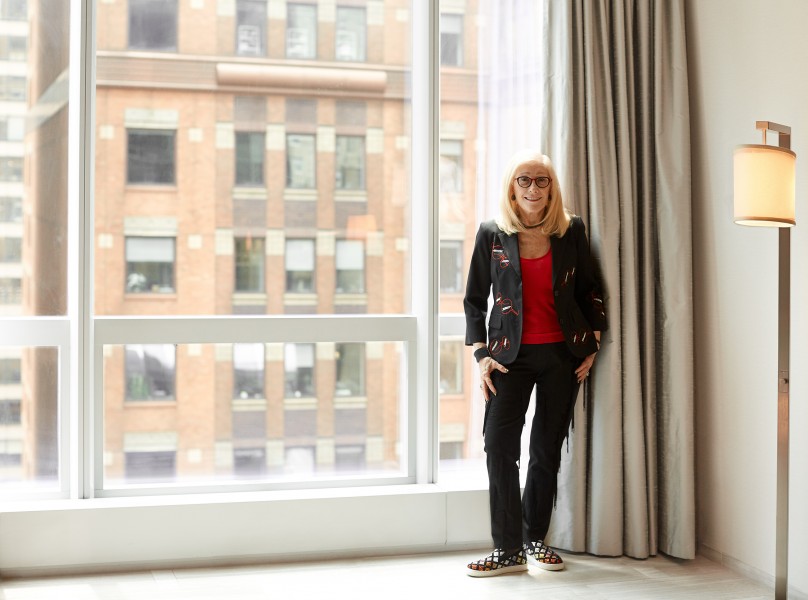

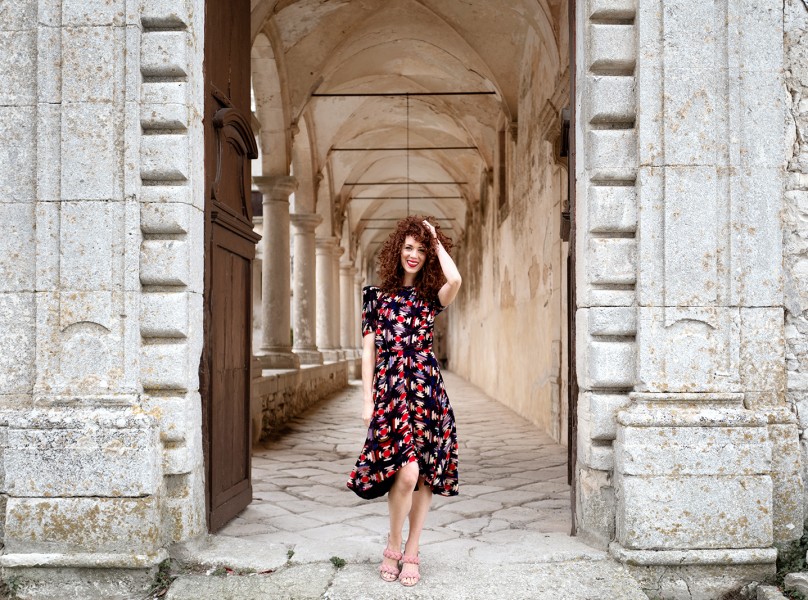











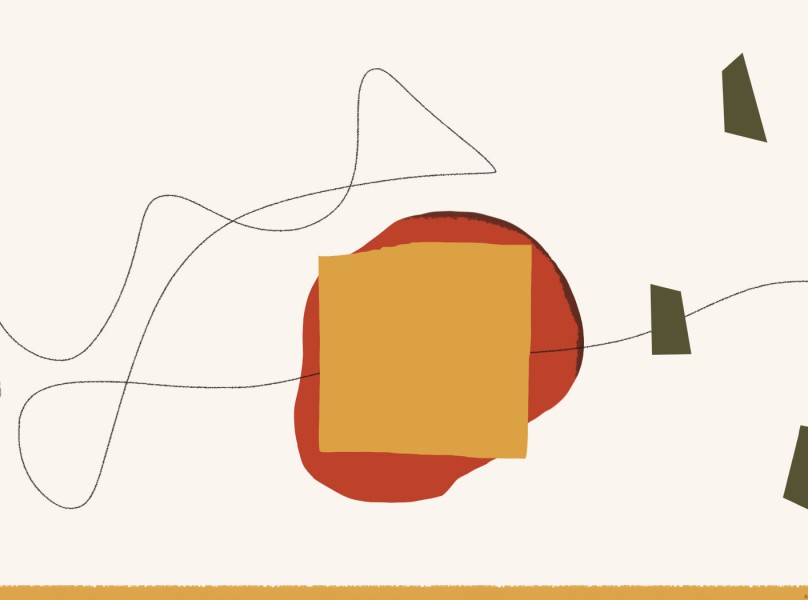
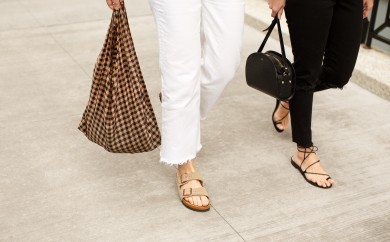
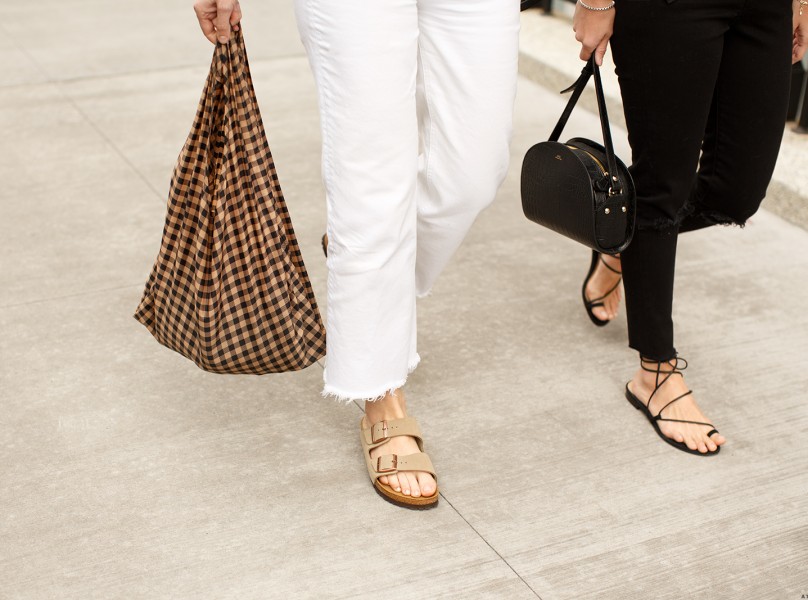
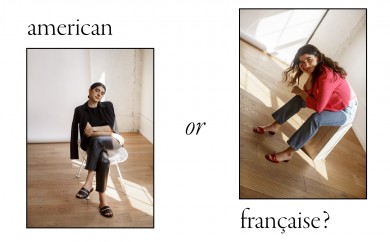
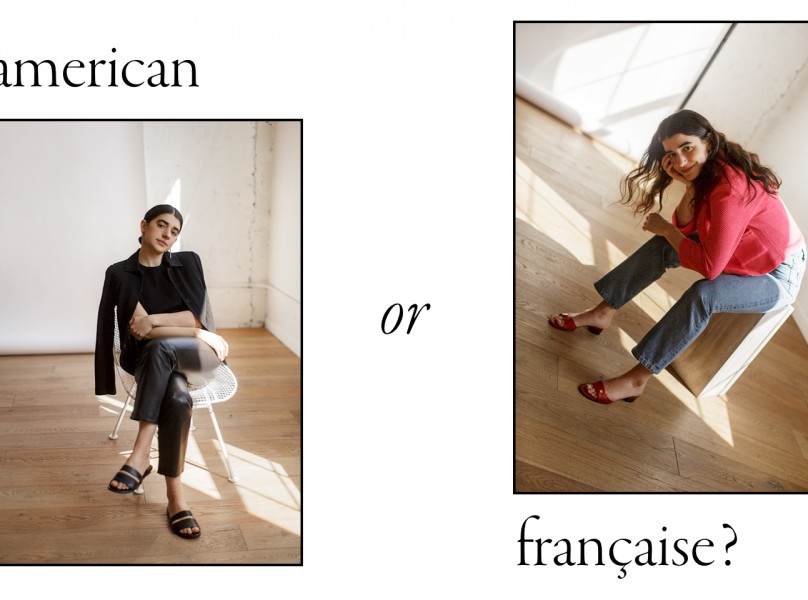
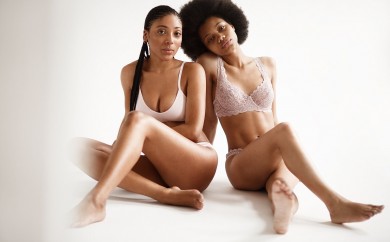
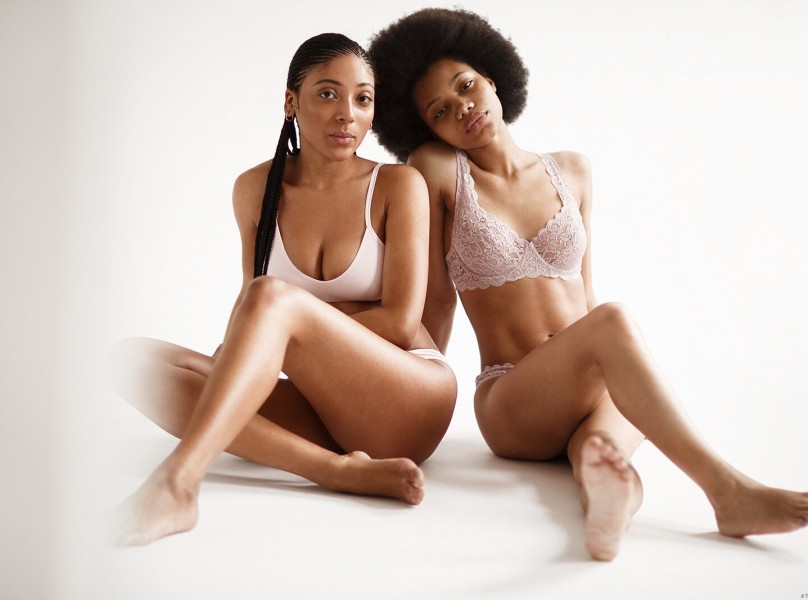
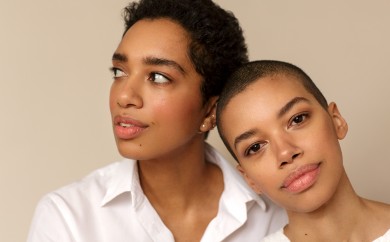
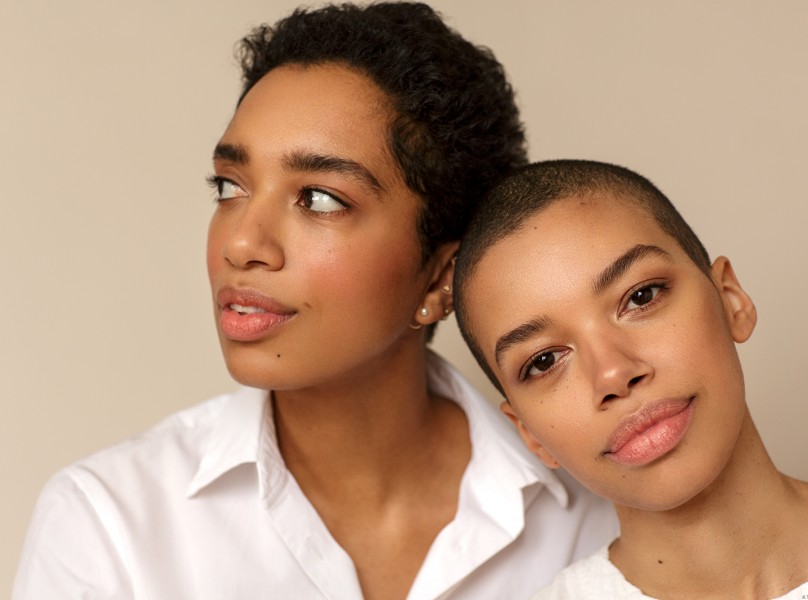
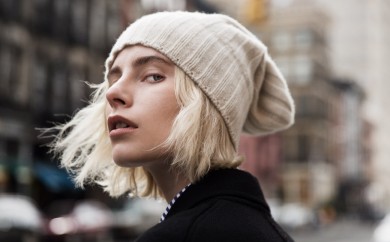
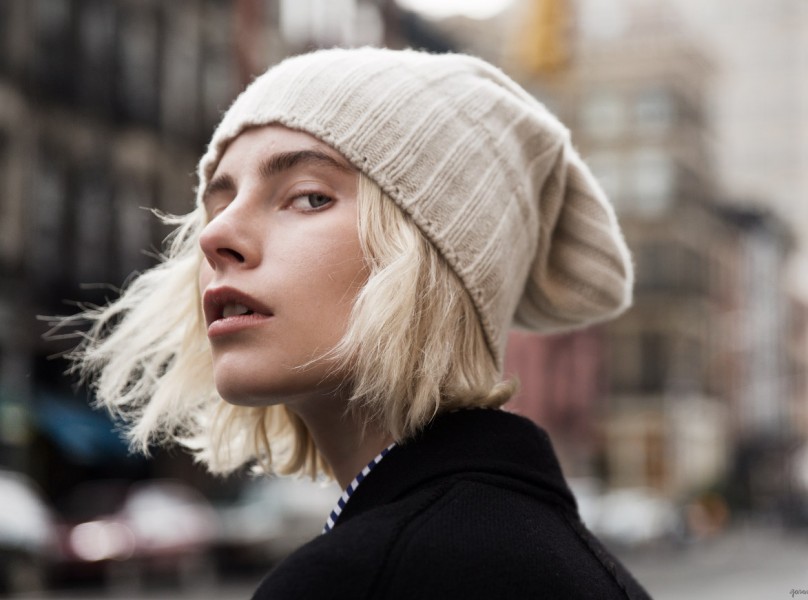
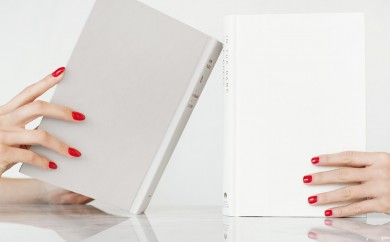
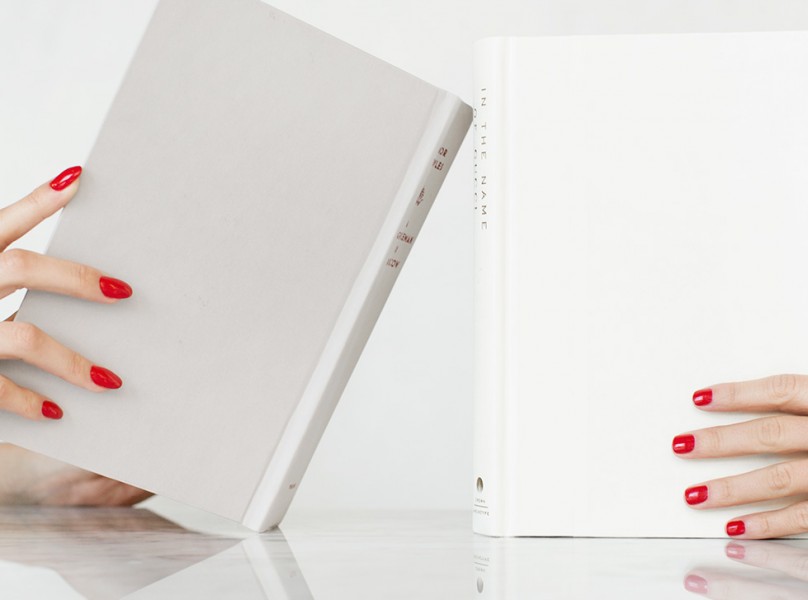
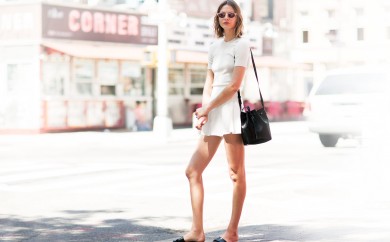
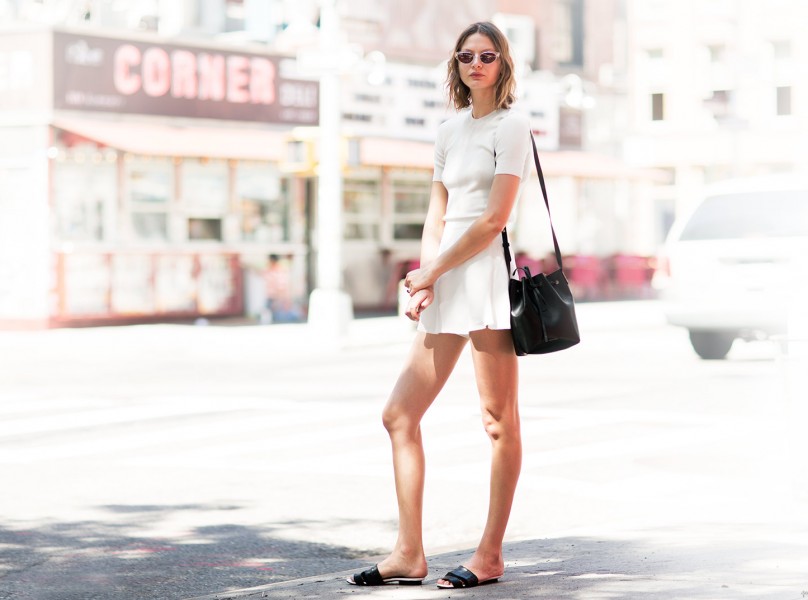
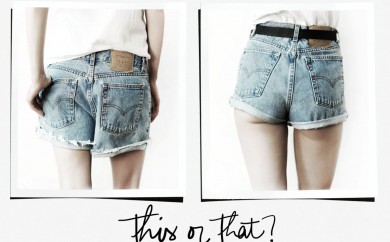
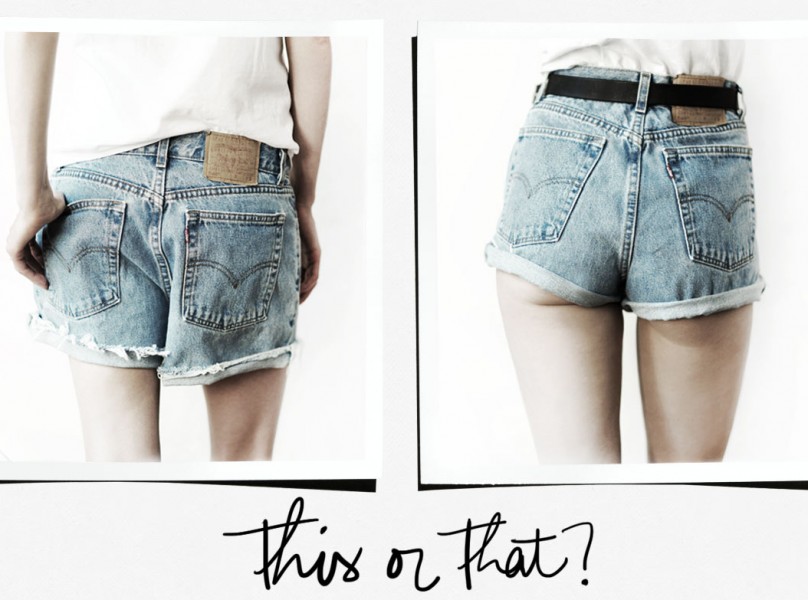
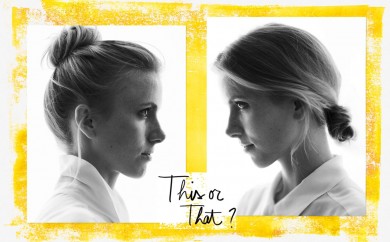
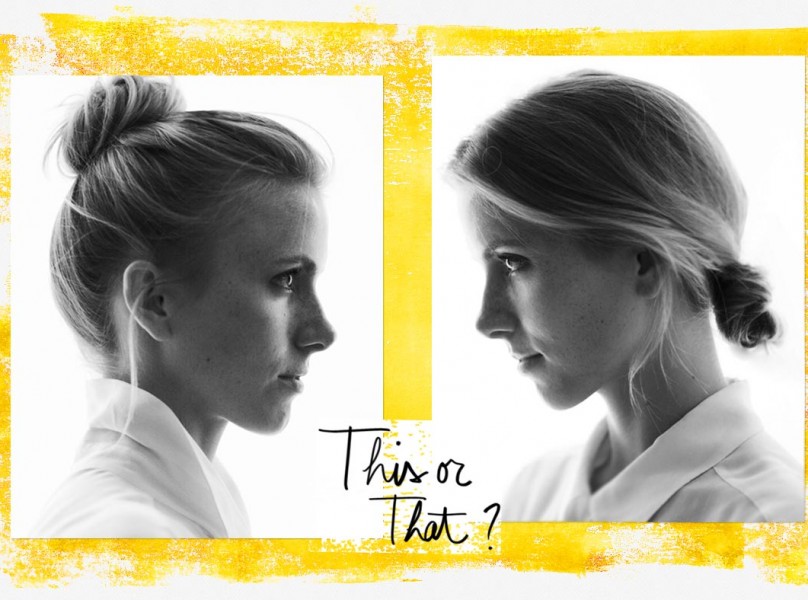
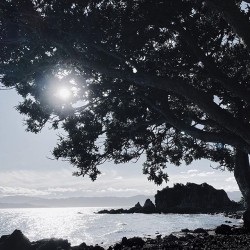
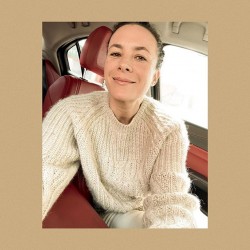
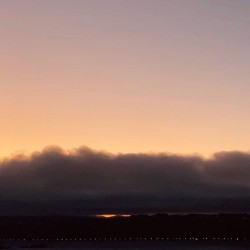
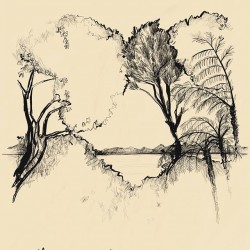
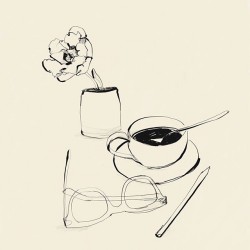
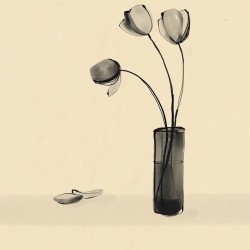
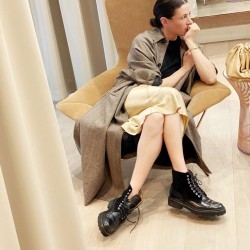
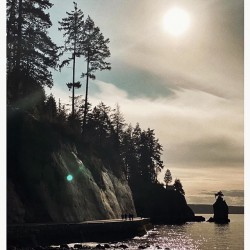
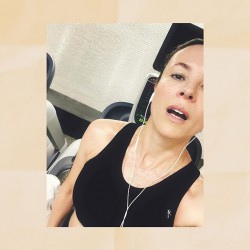
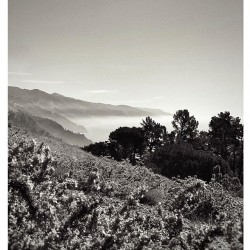
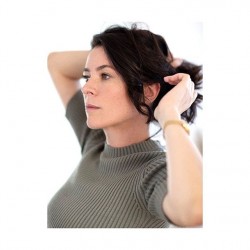
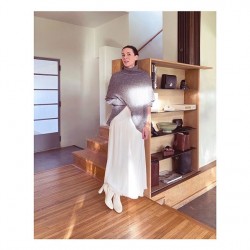
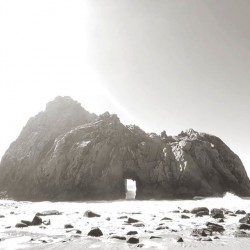
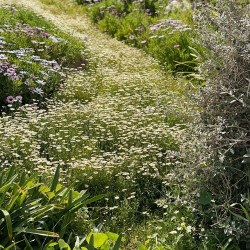
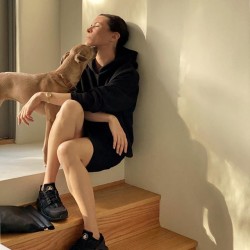
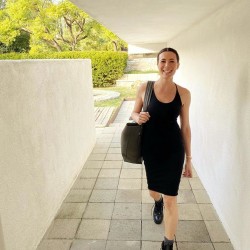
Another great interview. This site is becoming the Fresh Air of fashion (that’s a high compliment).
I love the insights into just how much work she did to get to where she is. So much more interesting than, famous person was friends with my parents and came to dinner every weekend.
Her evolution along the way is inspiring.
Oh I am so happy to read this. I am an engineer and I love fashion. I follow with great attention the rapprochement between both universes, even if it seems to be more talking that acting when considering adding technologies in traditional processes (shipment tracking for luxury products, improving the security in stores….)
Lucie, you are completely right. There are so many incredible ways in which technology and fashion are supporting one another already behind the scenes to make for more fluid and seamless experiences. Also, Garance herself is a super elegant example of fashion x tech really changing fashion, and changing culture. Direct to consumer businesses like Glossier and Argent are also breaking the mold with tech platforms which weren’t available only a few years ago. It’s an exciting time!
Thank you Lauren Goodman for being so generous with your wisdom! You stressed the importance of informational interviews and I you just gave an excellent one. And thank you Emily for asking great questions!
Thank you Anne! I love doing these interviews, I learn so much from everyone I’m fortunate enough to meet so it’s great to hear you’re enjoying! x
I love this, and so many of your recent features.
The questions that really showed the trajectory of her career, including all the steps that she has taken to get where she is, is so inspiring. Great interview!!
merci beaucoup, un article très long, très intéressant, très complet
Fascinant le parcours de Lauren Goodman comme tous les autres “career posts”, j’ai lu le sien avec beaucoup d’admiration.
this jacket beautiful
have an happy day
kiss
—> tr3ndygirl fashion & beauty blogger <—
Great interview! I am hooked.
Lauren! What a lovely interview. As someone who also started from the very bottom and worked up the ladder slowly with plenty of hard work I consider myself lucky to be around such a like-minded lady at WIRED.
xx
Olga
J’aime beaucoup ces interviews, on découvre plein de gens. bravo !
“Find heroes and work with them”, this is so true but also hard to do. It looks like heroes as we see them are not living in the same world as our but we definitely need to take the step and go interact with them.
Love reading those careers interviews as they keep pushing me to get out of my confort zone!
Merci!
Wonderful and inspiring interview!
I usually enjoy reading these interviews but this one really stands out. The last bit resonated with me especially even if my field is way different from fashion or tech. Timeless advice!
I feel so inspired having read this interview. I really enjoyed how detailed it was and that you didn’t just skim over some typical questions, and instead asked them in a systematic manner that really showed Lauren Goodman’s career path.
Very interesting interview! I love so much the Career interviews, they’re always inspiring.
I’m such a fan of the posts like this. Very motivative! I also like to make interviews for my blog)
One of the best fashion interviews ever. She really lays bare what hard work it can be. And the impending marriage of tech and fashion – fascinating.
Garance, keep finding interesting ‘fashion’ people like this and your site will continue to go from strength to strength.
Merci beaucoup pour ces interviews carrière qui sont toujours très intéressants et qui vont en profondeur.
Toujours instructif et super à lire !
Such an inspiring interview, it was a pleasure reading it.
Lauren Goodman is a great woman. This is a great interview, thank you for asking great questions…